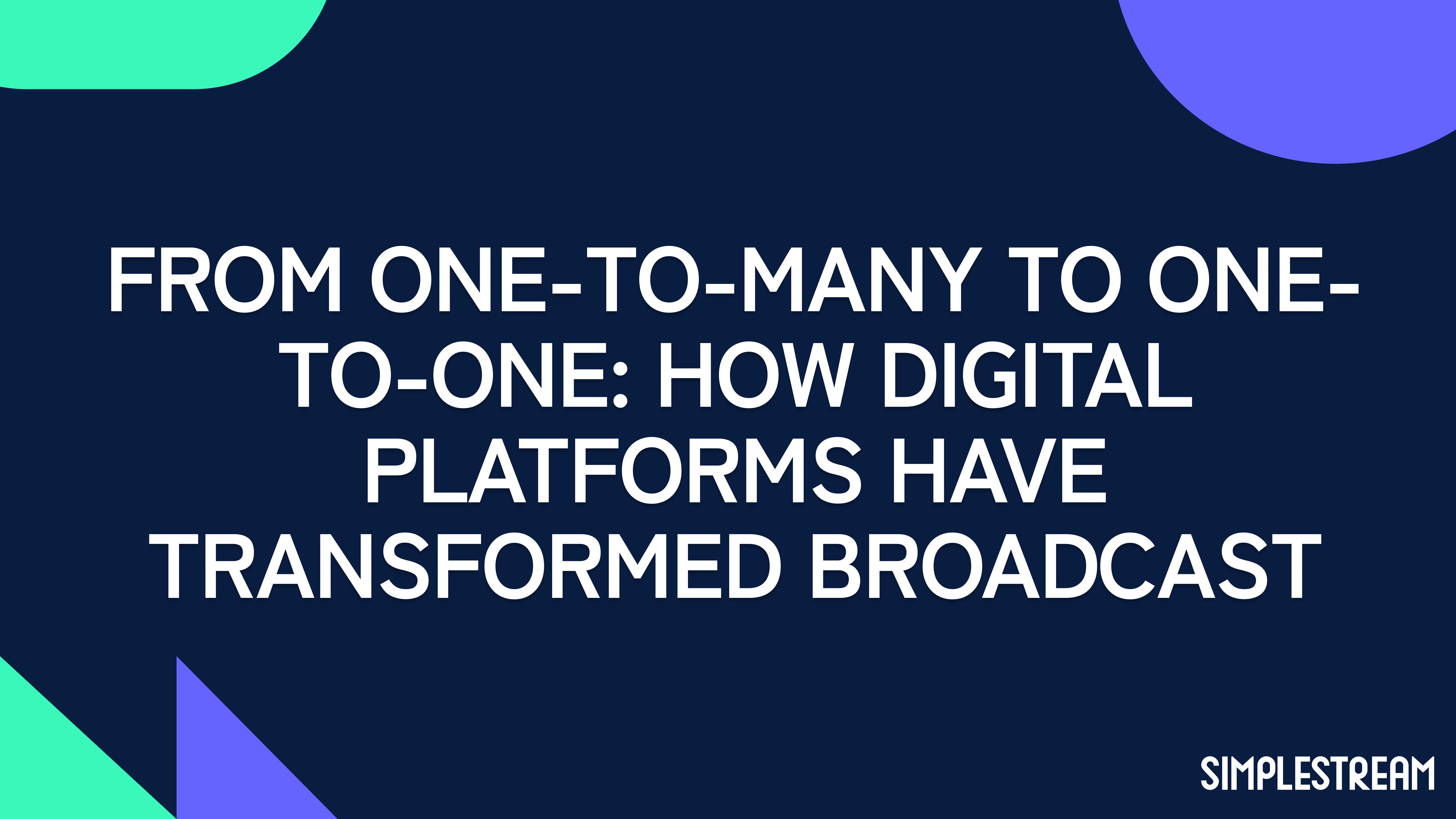Growth, maturity, decline: is it too late to go OTT?
The world is watching, and digital platforms are naturally the most popular means. Yet, is it too late to go OTT?
by Owen Goddard
The headlines out there are loud and clear: the world is watching, and digital platforms are naturally the most popular means. Think of the decline of pay-TV if compared to streaming in specific markets such as the UK. Or, again, of the projections to see 1.6 billion subscriptions to VOD services – globally – by 2026. Perhaps you’re wondering: is it too late to go OTT? And if not, when is too late?
Industries and products have a life cycle chart which can generally track the progress of an industry as it moves through different stages. This is useful until you realise you need to locate yourself, on that chart. Are you steady in the introductory stage? Are you growing? Is your product already mature? Or worse, declining?
In this post we analyse the OTT space and its shifting sands. We focus on where the market is today, and on why and how operators can benefit from entering it. Have a read for yourself.
Where we are now
Are we then in the introductory stages of the OTT marketplace? No, we are not, and this comes as no surprise. The OTT marketplace’s introduction stage can be traced back to the mid 00’s. Think of YouTube seeing light in 2006, Amazon Prime Video launching as Amazon Unbox the same year, and Netflix beginning to offer on-demand content in 2007.

The introduction stage is notoriously a period of rapid growth, where early adopters are the primary customers. In the tech space specifically, this tends to mean younger consumers. For OTT platforms, this period was some sort of a golden era, as operators were able to easily collate content from multiple sources, as most brands didn’t have a dedicated offering and thus were willing to agree to digital distribution for the old shows. This allowed existing OTT platforms to further increase growth.
Never-ending growth
Having moved from the introductory stage under the star of thriving figures, OTT entered the growth stage. Over the period between 2011 and 2020, for instance, Netflix grew its subscriber-base from an already impressive 21.5 million to an astounding 192.9 million. Amazon Prime boasts similar numbers (though not all Prime members are subscribed for the video platform). That’s not all: existing content owners are now entering the marketplace having missed the introductory stage. Think of Disney+, launched in 2019 and – just two years later – with a record-breaking tally of over 116 million subscribers.
We are leaving a phase of seemingly never-ending growth, a period of new entries making a splash, and other companies establishing themselves as industry leaders. It is also the period where former suppliers become new competitors, as content owners cease trading away the rights to their content and begin going direct to their own consumers. Content owners and other parties involved can stop relying on early adopters, and the customer demographics naturally shift.
What comes next
When the market has consolidated, the maturity stage settles in. Picture this: a few key players are fiercely competing for a core consumer base. This causes the cost of acquiring customers to increase, while revenues remain rather stable. At this stage, it’s difficult (but not impossible) for a competitor to enter the market, providing they bring some form of unique selling point, which is obviously a major consideration in the streaming space.
This is on the horizon for the OTT market. While new entries are still able to disrupt the market, increasingly we’re seeing a calcification of the top of OTT brands and increased investment in original content in order to increase market share from the existing customer base. This is a long way off from a phase of decline for the market sector. It’s more like a comfortable chair, right where technological progress can grant seamless growth, yet with a more mature outlook in terms of business models and revenue streams to be pursued.
Closing thoughts
The question that inspired this blog post – is it too late to go OTT? – is one that’s open for debate, even though no, it’s definitely not too late to go over-the-top. OTT services are still seeing tremendous year-on-year growth and entire new slices of our society are shifting from linear consumption to digital, and we cannot stress enough how the Covid-19 pandemic has been leading and accelerating this process.
Also, the OTT marketplace is not to be intended as a single market, yet as a number of different markets bundled together. Think of live events, for instance, still very much in the introductory phase as they primarily exist as a value added to already established VOD platforms.
An old Chinese proverb goes: “The best time to plant a tree was 20 years ago. The second best time is now.” Then, if the best time to start an OTT platform was in 2008, the second best time is now. The market will always adapt and change with time. Yet, the one universal truth of any industry is in progress, and OTT represents the natural progression of the broadcast industry.


